Name Steven Laureys | ||
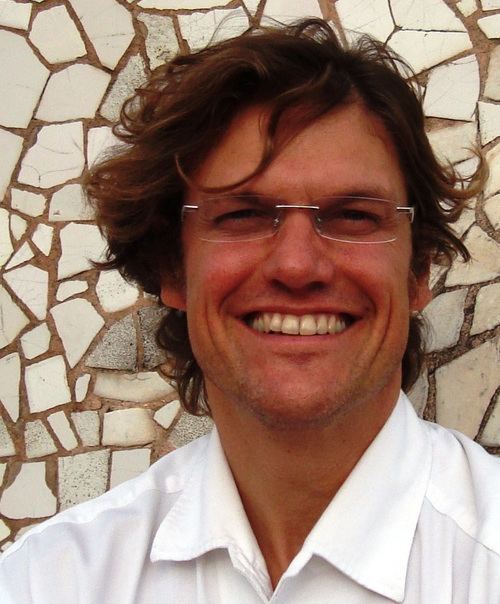 | ||
People also search for Rom Houben, Melanie Boly | ||
From brain to consciousness steven laureys at tedxbrussels
Steven Laureys (born 24 December 1968) is a Belgian neurologist. He is recognized worldwide as a leading clinician and researcher in the field of neurology of consciousness.
Contents
- From brain to consciousness steven laureys at tedxbrussels
- Le coma et la conscience steven laureys tedxparis
- Career
- Research
- Selected publications
- References
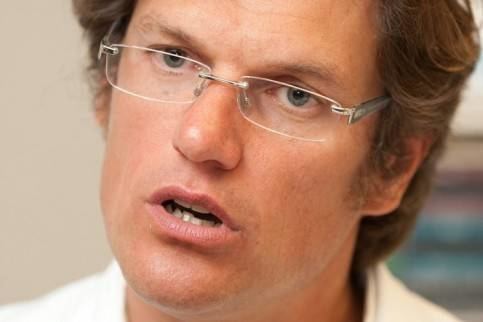
Le coma et la conscience steven laureys tedxparis
Career
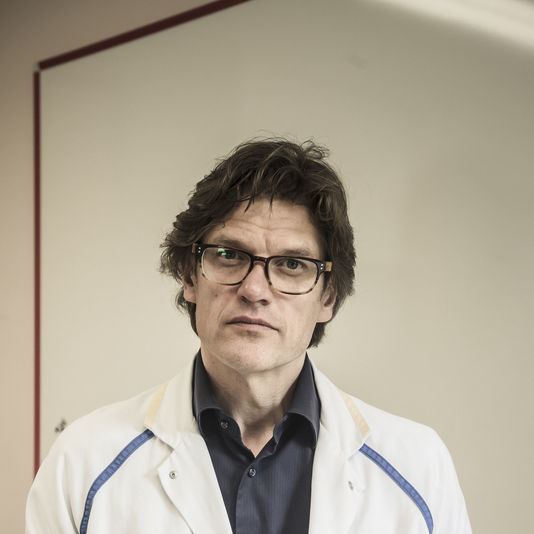
Prof. Laureys graduated as a Medical Doctor from the Vrije Universiteit Brussel, Belgium, in 1993. While specializing in neurology he entered a research career and obtained his M.Sc. in Pharmaceutical Medicine working on pain and stroke using in vivo microdialysis and diffusion MRI in the rat (1997). Drawn by functional neuroimaging, he moved to the Cyclotron Research Center at the University of Liège, Belgium, where he obtained his Ph.D. studying residual brain function in the vegetative state in 2000. He is board-certified in neurology (1998) and in end-of-life and palliative medicine (2004).
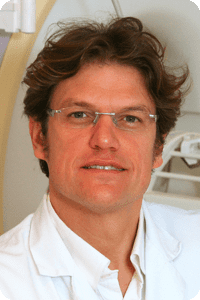
He currently leads the Coma Science Group at the Cyclotron Research Centre of the University of Liège, Belgium. He is clinical professor of neurology, at the Liège University Hospital and Research Director at the National Fund for Scientific Research.
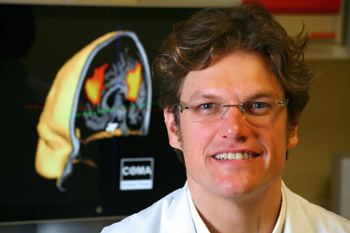
Laureys is chair of the World Federation of Neurology's Coma and Disorders of Consciousness Research Group and of the European Neurological Society's Subcommittee on Coma and Disorders of Consciousness. Since 2009, he is invited professor at the Royal Academy of Belgium. In 2010, he was invited to give a research lecture at Nobel Forum.
Research
His team assesses the recovery of neurological disability and of neuronal plasticity in severely brain damaged patients with altered states of consciousness by means of multimodal functional neuroimaging. It aims at characterizing the brain structure and the residual cerebral function in patients who survive a severe brain injury: patients in coma, vegetative state, minimally conscious state and locked in syndrome.
The importance of this project is twofold. First, these patients represent a problem in terms of diagnosis, prognosis, treatment and daily management. Second, these patients offer the opportunity to explore human consciousness, which is presently one major conundrum neurosciences have to solve. Indeed, these patients present a complete, nearly graded, range of conscious states from unconsciousness (coma) to full awareness (locked-in syndrome).
This research confronts clinical expertise and bedside behavioral evaluation of altered states of consciousness with state-of-the-art multimodal imaging combining the information from positron emission tomography (PET), functional magnetic resonance imaging (fMRI), structural MRI, electroencephalography (EEG), event related potential (ERP) and transcranial magnetic stimulation (TMS) data.
